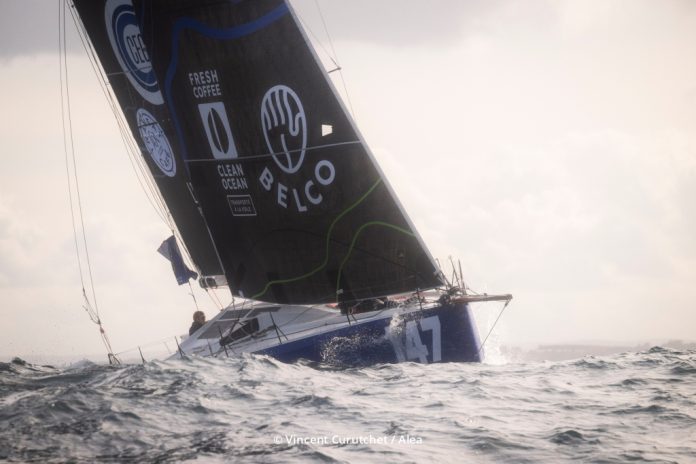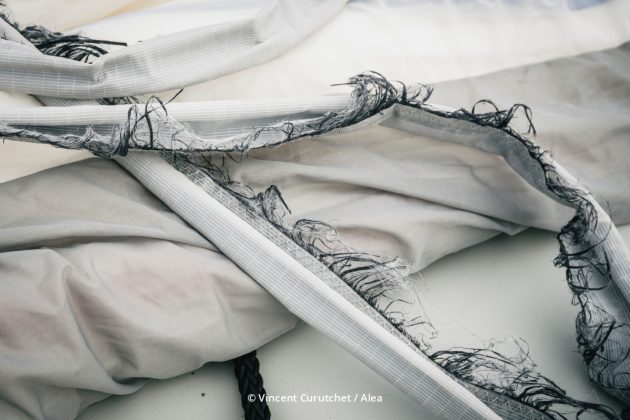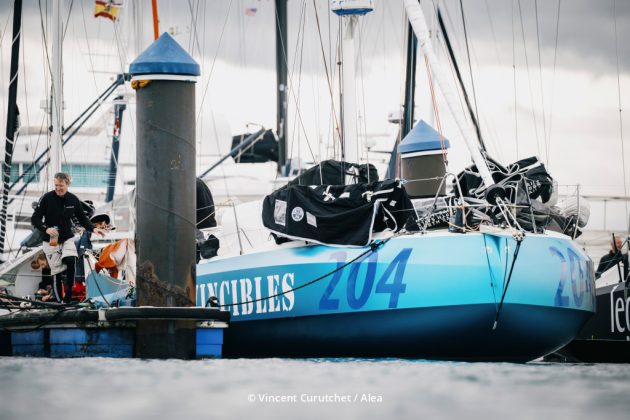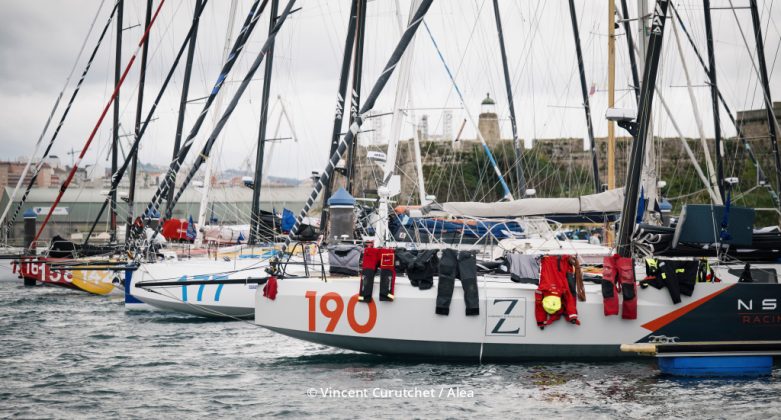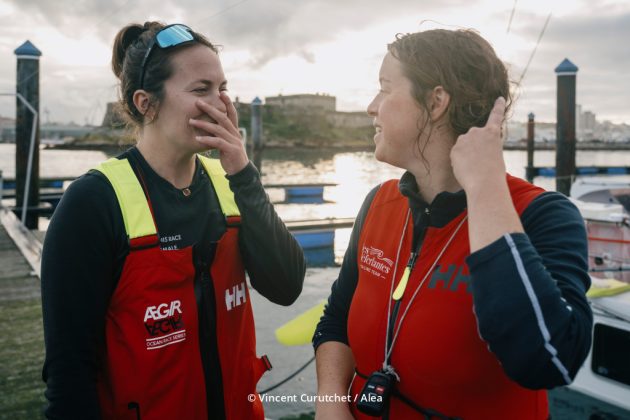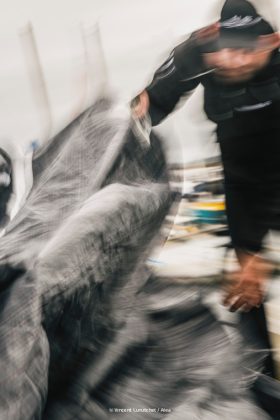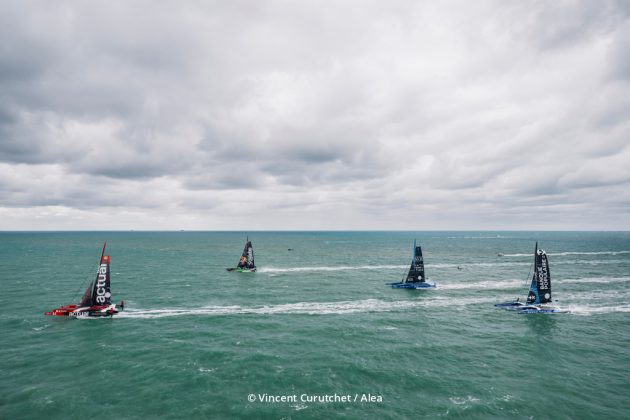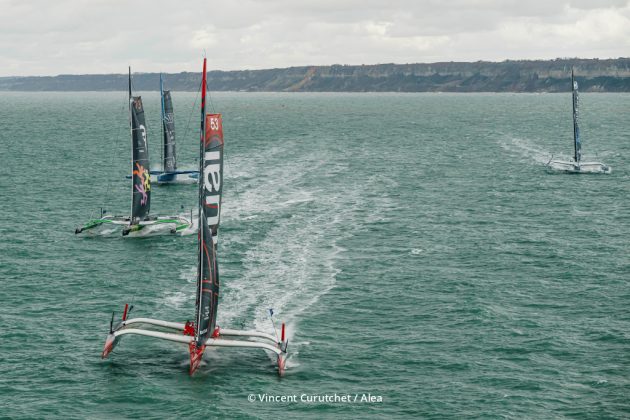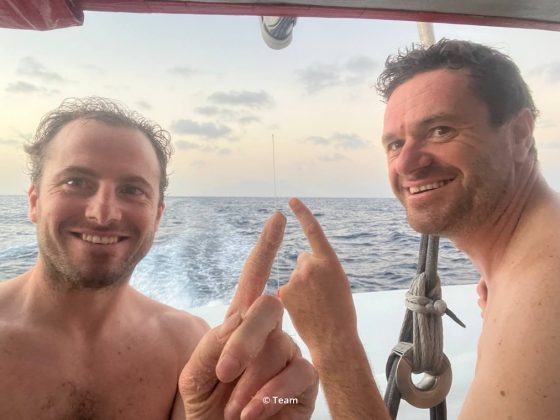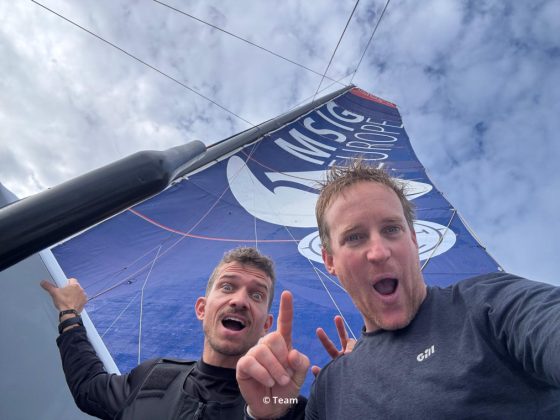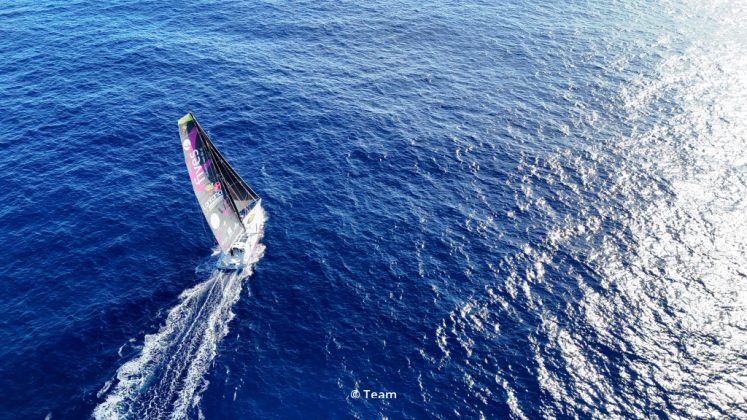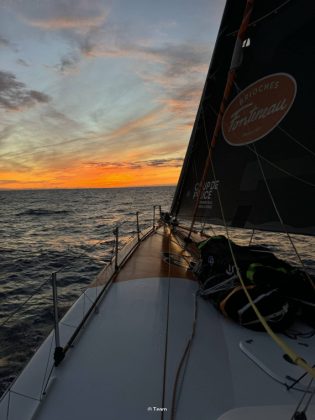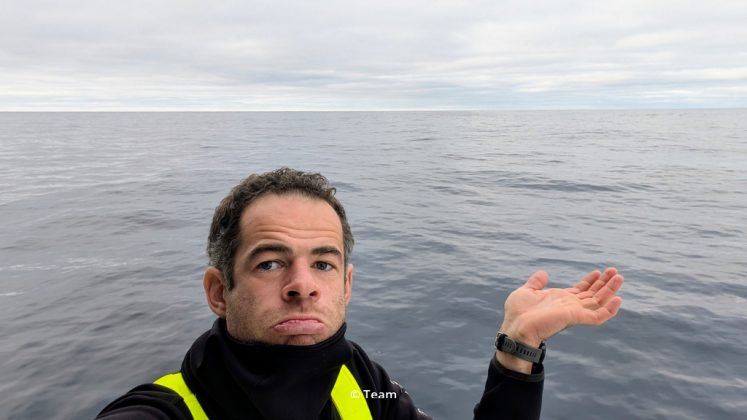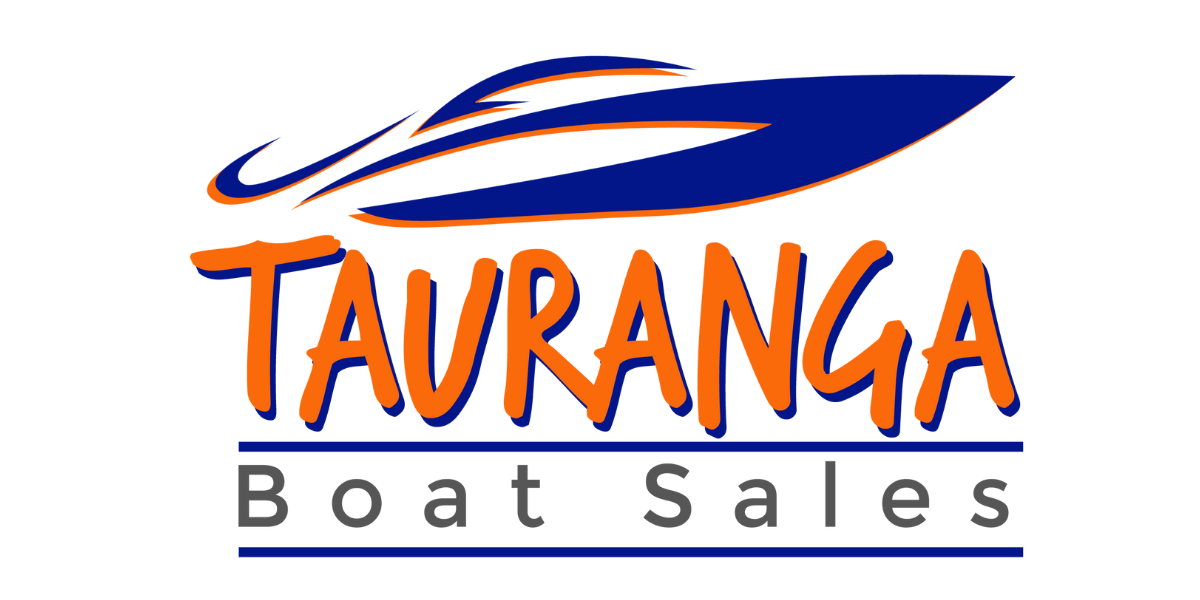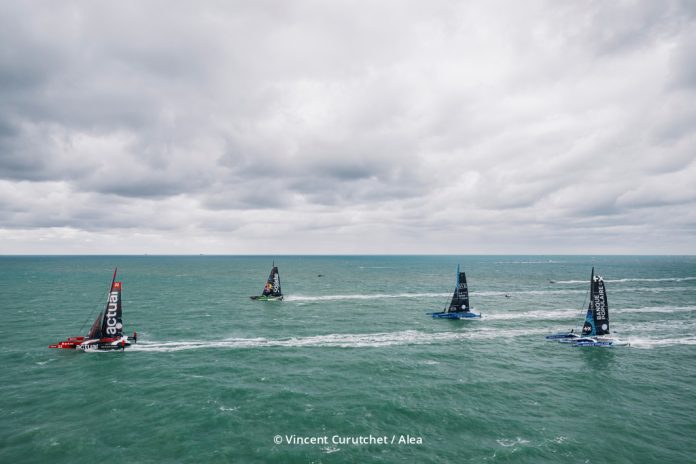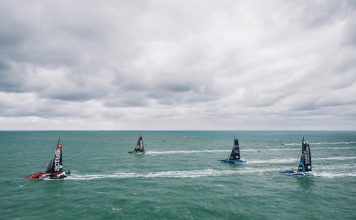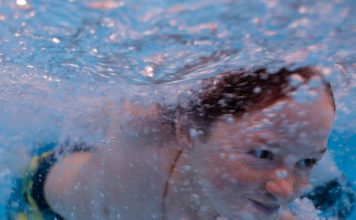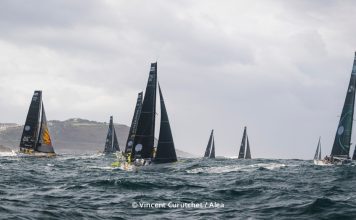Seven days across four oceans of challenge
A week into the 17th edition of the Transat Café L’OR Le Havre Normandie, the fleet has already lived a full campaign’s worth of drama. The 74 double-handed entries, spread across ULTIM, Ocean Fifty, IMOCA, and Class 40 divisions – left Le Havre on 26 October 2025 in classic autumn conditions: squalls, cold fronts, and a cross-sea that punished the smallest boats first.
The Class 40 fleet bore the brunt, forcing race control to halt their progress in La Coruña as a deep Atlantic depression barrelled through. Larger multihulls pressed on, threading between Madeira and the Canaries, while the IMOCAs fought a light-air chess match that erased early leads and redrew the race map.
ULTIM: The giants stretch their legs
Out front, Tom Laperche and Franck Cammas on SVR Lazartigue (recently having raced in the Fastnet Challenge) demonstrated why their 32-metre trimaran is considered the benchmark for oceanic flight. Averaging 30 knots in the trades, they extended to more than 200 nautical miles over Sodebo Ultim 3. Yet the Doldrums soon lived up to their name. “We’re completely stopped, the sails flapping from side to side,” Laperche admitted during Friday’s check-in.
By contrast, Banque Populaire XI clawed back 100 miles with Armel Le Cléac’h and Séb Josse pushing at 23 knots through the squall line, proof that even at the halfway point, nothing is decided among the giants. Their next milestone: the São Pedro and São Paulo Islands, gateway to the South Atlantic trades.
Ocean Fifty: Edenred 5 sets the pace
In the 15-metre trimaran class, Edenred 5, the newest boat in the fleet, has been flawless. Basile Bourgnon and Manu Le Roch led past Cape Verde, controlling the fleet with smart sail handling and round-the-clock helming shifts. “We can still push harder, but we’re watching the sheets every second,” Bourgnon told race media.
Close behind, Viabilis Oceans (Baptiste Hulin / Thomas Rouxel) has mounted the surprise of the week, climbing from mid-fleet to second after a perfectly timed gybe south of the Canaries. Their duel will likely carry all the way to Fort-de-France around 8 November.
IMOCA: A slow burn near the Canaries
The IMOCA fleet – 18 cutting-edge 60-foot foilers – has lived a very different race. After the pounding of the first night, they spent mid-week parked in the ridge north of Fuerteventura, drifting within sight of each other in single-digit breezes. “We have nine boats in 30 miles,” reported Britain’s Will Harris, co-skipper of 11th Hour Racing with Italian-American Francesca Clapcich. Their patience paid off: they slipped through the ridge first and into the re-establishing trade winds, still leading after 36 hours.
Right behind came Charal (Jérémie Beyou / Morgan Lagravière) and MACIF Santé Prévoyance (Sam Goodchild / Loïs Berrehar). The Swiss-French pairing Justine Mettraux and Xavier Macaire on TeamWork, Team SNEF climbed to third, the first time two women have featured simultaneously in the top three of an IMOCA transatlantic.

Among the international entries, Conrad Colman, the Kiwi skipper of MSIG Europe, has impressed with steady gains after a conservative start. A veteran of the Vendée Globe, Colman’s experience in heavy-weather seamanship and power-management has proven valuable as lighter rivals wrestle with fragile foils and electronics.
Class 40: Restart and redemption
For the 42 strong Class 40 fleet, La Coruña’s breakwater became both refuge and reset. The organisers enforced a four-hour minimum stop, allowing repairs before Saturday’s noon restart. Thirty-seven boats made the line under bright skies and 10 knots of breeze, setting out for 3,200 miles to Martinique.
Seafrigo-Sogestran (Guillaume Pirouelle / Cédric Château) once again led the charge westward, chased by Faites un don sur SNSM (Corentin Douguet / Axel Tréhin), winners of leg one. The early tactical split, north versus south of Cape Finisterre’s shipping zone, will define the second stage. “The first big decision is whether to dive south early or ride the northern depressions,” explained Ireland’s Pam Lee (EmpoHer). “The models disagree, so it’s a proper sailor’s race.”
An inclusive voyage of purpose
Beyond the leaderboard, the 2025 edition showcases the race’s social reach. Cap pour Elles continues to sponsor all-female Class 40 crews, while Défi Solidaire avec Elye et l’Arche brings adaptive sailors to the ocean stage. Environmental partnerships with The Ocean Experience and Prendre la Mer push real-world sustainability, turning the Transat Café L’OR into a floating laboratory for renewable energy, circular composites, and responsible logistics.
And tomorrow…
As November begins, the leaders of all four fleets are finally in the trades. From here, it’s pure ocean sailing – days of reaching under spinnaker, nights guided by moonlight and radar. Yet the lessons of Week 1 remain: preparation matters, resilience counts, and luck still has a hand.
For Conrad Colman and the rest of the sailors chasing Martinique, the hard miles are just beginning. The coffee may be brewing in Fort-de-France, but the story of the 2025 Transat Café L’OR is far from finished.








